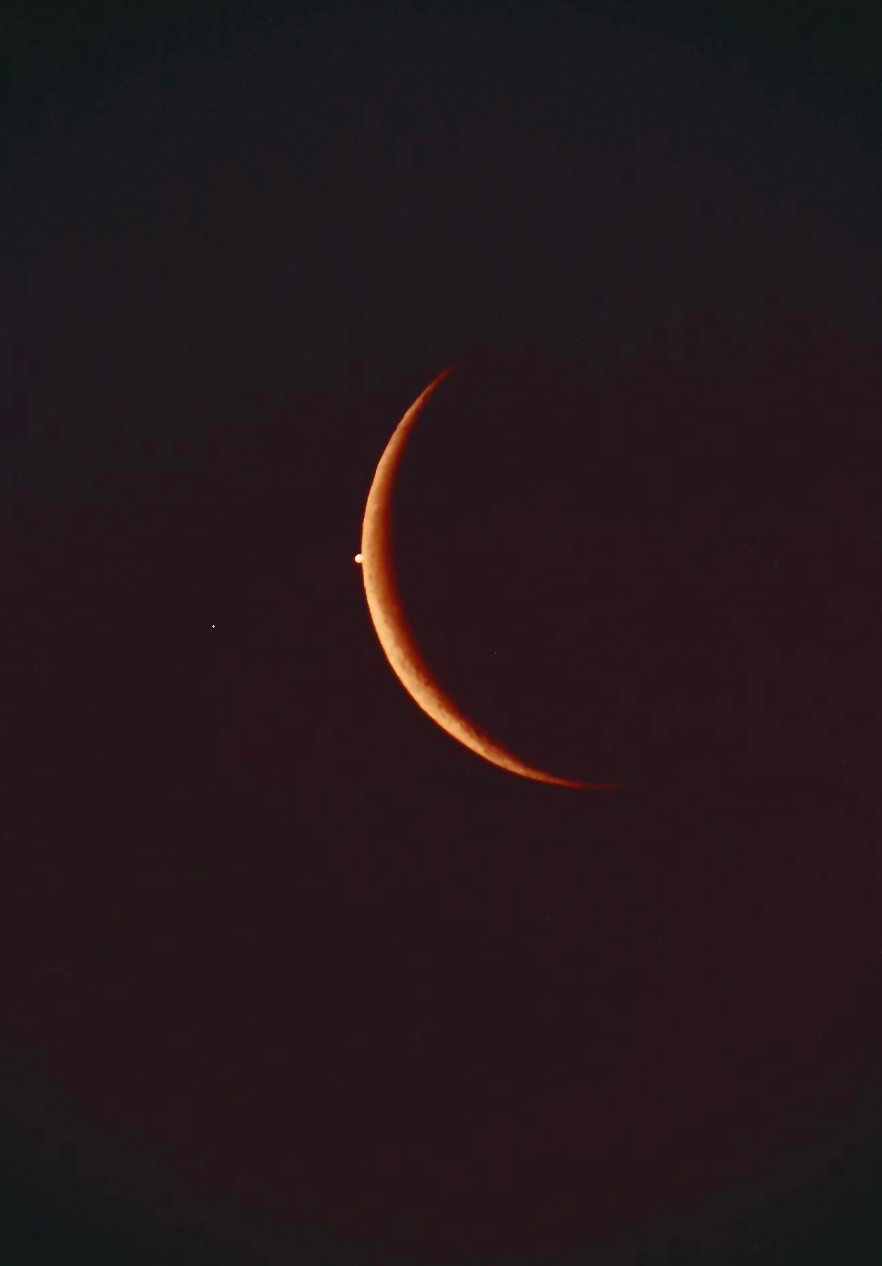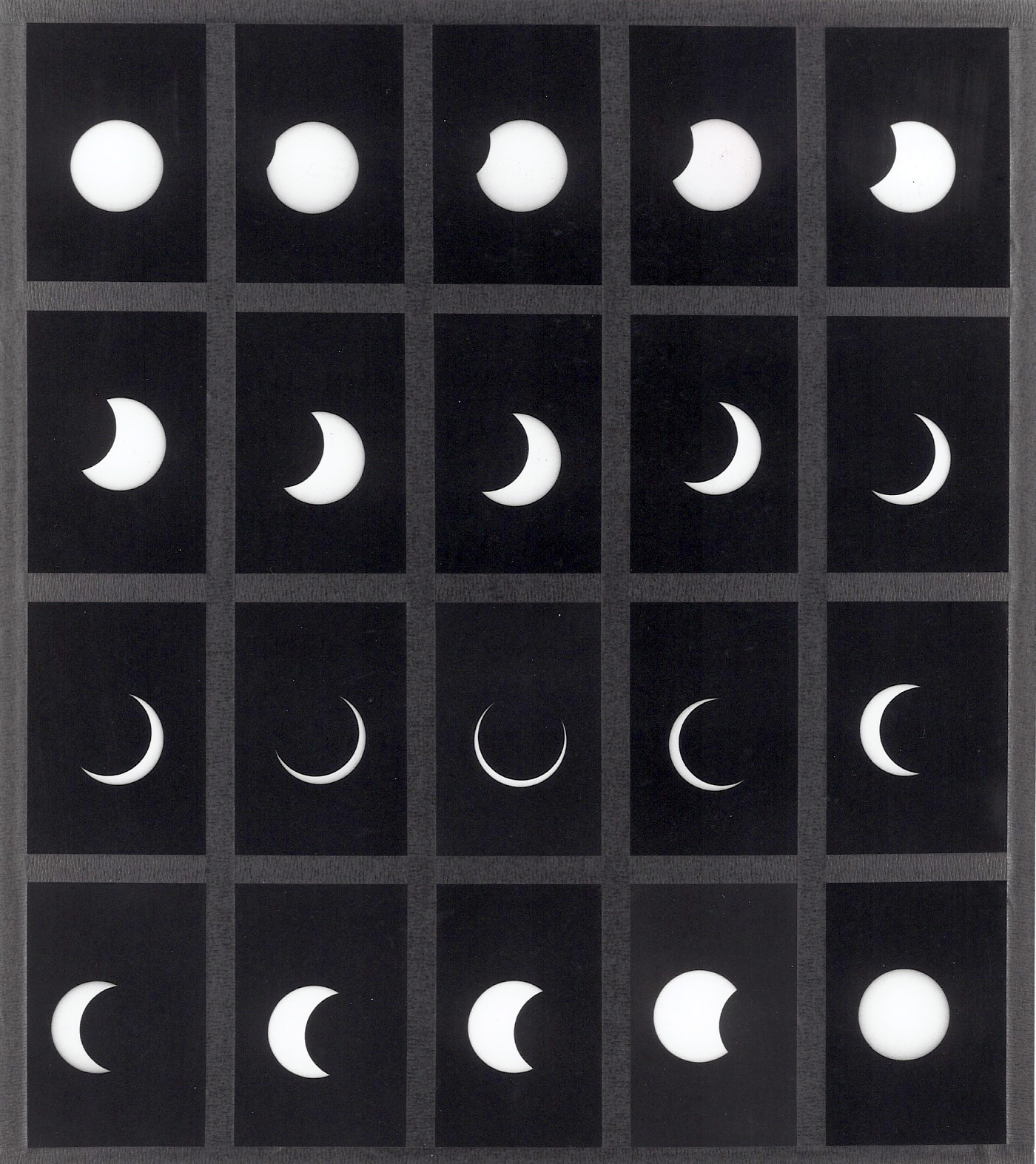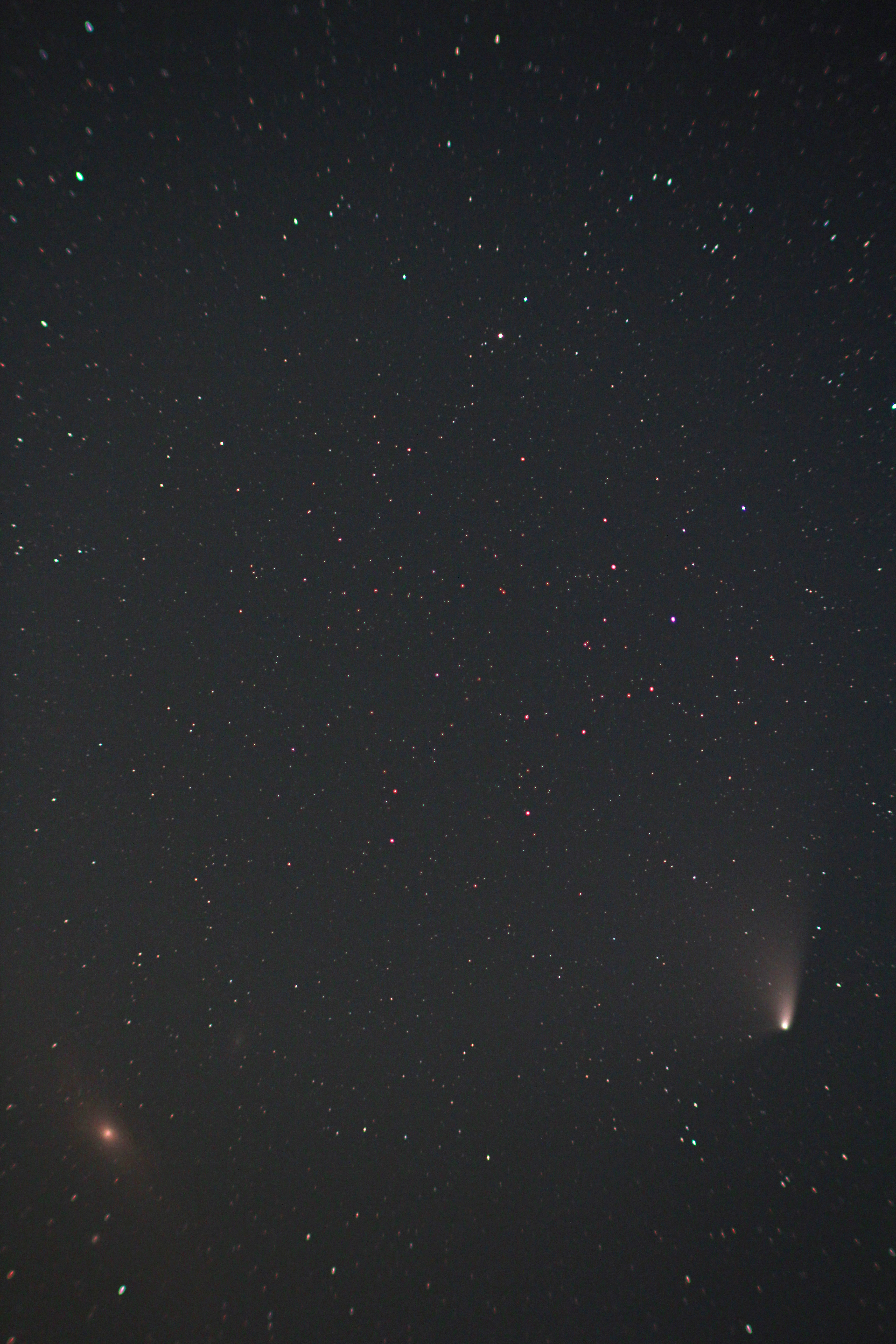
Homemade Telescopes Capture the Sky (Slideshow)
Introduction

Victor Rogus, amateur astronomer, contributed this article to Space.com's Expert Voices: Op-Ed & Insights.
The Moon, for most amateur astronomers, this is the first step, their first journey into the darkness of space. I well remember my first view of the lunar surface through a fine instrument on one cold January evening in our Chicago suburb of Des Plaines, Illinois. Momentarily overwhelmed by the brightness of a gibbous moon, my eyes adjusted and I realized then that I was a visitor to another world, fantastic craters, mountain ranges, hills, valleys and many so many surprises. A place of shadows and light a place I never become tired of visiting. Like any artists, astro-photographers must suffer at times for their art — cold, bugs and creatures of the night can be deterrents. However, what's important is be in the right place at the right time, and to have the properly thought out adequate equipment to get the job done — and that equipment need not be expensive. [Top Telescope Store Reviews ]
When setting out, it's more important to be mobile than to pack heavy, and to choose celestial events according to the type of cameras and mounts you have available. And do not be discouraged by the weather — it is amazing how often celestial objects skirt in and out of clouds, making for stunning photographic opportunities.
These are all things one learns over the years, and over the years an artist refines his skills, and his craft. In 30 years of photographing celestial events, the following ten images are perhaps the most important to me. I hope my stories and photographs inspire and encourage you to start a hobby, one that can become a lifelong obsession to find your own way in viewing the sky and celebrate your own personal relationship with the Universe! [ With Simple, Homemade Telescopes, You Can Explore the Stars (Op-Ed)]
Comet, Halley - April 9, 1986

The world’s most famous Comet. Halley is a "periodic" comet, which means it returns to Earth on a periodic basis. In this case the comet returns every 75 years or so. It is named for Edmund Halley — who did not discover it, but predicted its return in 1758. The next time Comet Halley will be near the Earth will be the year 2061. [ Best Telescopes for Beginners | Reviews and Comparisons ]
Occultation of the Planet, Venus - April 25, 1987

As the Moon makes its travels across the night sky, sometimes it occults, or covers, an object like a bright star or planet. To me, these are some of the most amazing scenes to be viewed through a telescope. Events like these hold some scientific significance but are mostly considered for their awe-inspiring beauty. [ Best Telescope Eyepieces for Skywatchers ]
Transits of the Planet, Venus - June 5, 2012 and June 8, 2004

A transit is when an object crosses the face of a celestial object, like the sun or the moon. The transiting object can be many things — it can be an airplane, the International Space Station, or a planet, like we see here. Like a mini solar eclipse, the planet Venus appears in between the observer and the sun. The next transits of Venus will be on the 10th and 11 th of December 2117, and in December 2125. [ Best Beginner Astrophotography Telescopes ]
Occultation of the Planet Saturn - Sept. 18, 1987

This is an image of the planet Saturn vanishing behind the moon. Most any small telescope will reveal the majesty of Saturn's rings. From time to time, around the world, this occultation phenomenon can be seen. Throughout history, researchers have made fine observations of the construction Saturn's rings during occultations. This image is a difficult one to make, as the moon is so much brighter than the planet.
Partial Solar Eclipse - May 10, 1994

A solar eclipse occurs when the moon is aligned directly between the sun and an observer here on Earth. Great care must be taken when observing or photographing the sun. Solar eclipses are no exception, as proper filtering must be used to reduce the harmful rays of the sun to a safe level for human observers.
Total Lunar Eclipse - January 20, 2000

One of the strangest things to happen to me while stargazing occurred when I was photographing a total lunar eclipse, like this one. When the moment of totality arrived and the Moon turned blood red, every coyote in the woods howled simultaneously sending chills up my spine. I am forever convinced that a definite connection exists between coyotes and the moon.
First Quarter Moon Plus 2 Seconds

Most people are aware that the moon has phases, but did you know that those phases arrive at exact moments? These times are predicted by the U.S. Naval Observatory and can be found online. Sometimes, those moments coincide with times of perfect sky clarity and "seeing" through the atmosphere. This photograph represents one of those times. Made exactly two seconds after the moment of first quarter phase, the sky was very clear and quiet, and for that short time, let me make as perfect an image as my telescope and camera would allow. [Best Binoculars for Skywatchers and Observers]
First Light!

After a time, visual journeys into space through the astronomical telescope may not be satisfying enough. Like any sightseer, you'll develop a desire to make souvenir photographs. Attaching a camera to a telescope is the first step in achieving that goal. Or better yet, building, from scratch, your own telescope and making photographs with it can be a source of pride that is unsurpassed. The first time a newly built telescope is placed under the stars, moon and planets it is called "first light" — how the system performs visually and photographically at that moment is both exciting and nerve wracking all at the same time. And when the telescope does well, and makes an image you are proud to show, that moment of "first light" is one you will not soon forget!
Comet Pan-STARRS and Great Galaxy Andromeda in Conjunction - April 5, 2013

Just creeping into the Northern hemisphere some said this sight would be impossible to see at my latitude of 37.5 degrees, and that I would need a very low, possibly negative, eastern horizon to see it at all. A lesson well learned, get out and try. Scout ahead for the horizon you need and be there when it happens! Amazing things can be seen from the dark and sometimes scary places of the Earth. [Video: Top 10 Amateur Telescopes]
Comet, Lovejoy – Nov. 30, 2013

The comet with the very nice name! Comet Lovejoy surprised us all with its beauty and grace. Ignoring all the excitement generated by the ill-fated comet ISON, comet Lovejoy put on a show that will long live in our memories. Well placed in the heavens for photography and reaching naked eye visibility, the comet indeed seemed Heaven-sent to astrophotographers disappointed by comet ISON's demise on Thanksgiving Day. Comet Lovejoy, a marvel in the darkness!
The views expressed are those of the author and do not necessarily reflect the views of the publisher. This version of the article was originally published on Space.com.
Related stories:
• They History of Telescopes
• Buying a Telescope Eyepiece That Suits Your Needs
• Telescope Tech: Thinking Beyond the Optical Path
Join our Space Forums to keep talking space on the latest missions, night sky and more! And if you have a news tip, correction or comment, let us know at: community@space.com.
Get the Space.com Newsletter
Breaking space news, the latest updates on rocket launches, skywatching events and more!
Victor is an American amateur astronomer and a distinguished fellow of the Royal Astronomical Society in London elected to the society in 2014. He's enjoyed photographing and writing about the sky for more than three decades and had his work published in many online sites and publication such as Space.com, Live Science, Astronomy Magazine and many others. He loves to share my work and to see that of others. Victor is also now a member of the American Meteor Society!
